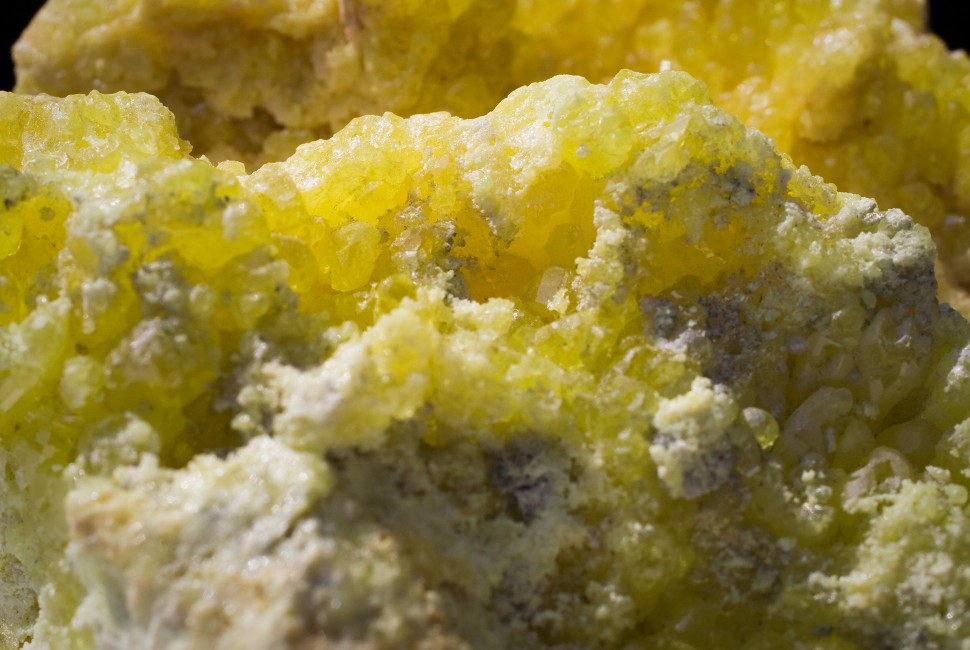Despite natural evidence indicating sulfur’s importance and efficiency as a catalyst for critical redox reactions including hydrogenation (addition of hydrogen to molecule) and dehydrogenation (its opposite), chemists have struggled to manage the enzyme’s complexity and fragility at scale.
Now, researchers from Northwestern University have developed a novel approach to integrate metal-sulfur active sites into metal-organic frameworks, or MOFs. Sulfur-containing MOFs significantly outperformed their non-sulfur counterparts in hydrogenation catalysis, paving the way for more accessible methods to study the active sites they create.
“Speeding up catalysis is essential for increasing efficiency, reducing energy consumption and minimizing environmental impact, as faster reactions lead to higher yields in a shorter timeframe,” said Northwestern MOF expert and co-corresponding author Omar K. Farha. “MOFs are an excellent platform for studying and optimizing catalysts.”
The study, published in the journal Nature Chemistry, supports existing MOF applications in gas storage, carbon capture, drug delivery and water purification, and makes use of MOFs’ unique structural properties and high-surface area to speed catalysis.
“There were almost no examples of well-defined metal-sulfur sites within porous frameworks like MOFs,” said first author Haomiao Xie, who led study experimentation at Northwestern. “This study bridges that gap by introducing a new method to install sulfur-based active sites into MOFs without compromising their structure, opening a path to create enzyme-like models in stable materials.”
MOFs are porous, crystalline nano-sized materials that are structured to create a large surface area and are designed with pores to capture gases, vapors and other agents — similar to the way a sponge captures water.
“We view this as a generalizable approach to replicate the characteristics of metal-sulfur sites in stable, solid materials, addressing a long-standing challenge in the field,” Farha said. “The study provides the scientific community with a powerful new strategy to design and study metal-sulfur catalysts in a wide range of frameworks for a range of applications.”
Farha, a professor of chemistry in the Weinberg College of Arts and Sciences, is a member of Northwestern’s Paula M. Trienens Institute for Sustainability and Energy.
To assess the effectiveness of their multi-step solution (which chemically converted metal-chloride bonds to metal-hydroxide, and then to metal-sulfide), the team used advanced structural and spectroscopic tools to confirm the framework had stayed intact throughout its chemical transformation, including single crystal X-ray diffraction and electron diffraction analysis. The team combined experimental and computational insights to show sulfur enabled hydrogen to activate more efficiently — key to the MOF’s improved catalytic performance.
“The study demonstrates how sulfur ligands fundamentally change the reactivity of metal sites, something that could be broadly useful across catalysis,” said Laura Gagliardi, a co-corresponding author and professor of chemistry and molecular engineering at the University of Chicago. “Density functional theory calculations uncover how sulfur ligands enhance reactivity and lower energy barriers for hydrogen activation.”
Because the chemists have tested the approach on just two families of MOFs, they plan to advance research by attempting to install similar sites in additional families that have different structural properties. From there, they can experiment with more complex model reactions and expand the scope of the hydrogenation reactivity to measure its effect on more challenging substrates.
Notes
This study was supported by the Catalyst Design for Decarbonization Center, an Energy Frontier Research Center funded by the U.S. Department of Energy; the IMSERC Crystallography facility at Northwestern with support from the Soft and Hybrid Nanotechnology Experimental Resource; the EPIC facility and Keck-II facility at Northwestern’s NUANCE; the International Institute for Nanotechnology; and Northwestern’s Materials Research Science and Engineering Center program. Computing resources were provided by The University of Chicago Research Computing Center.


